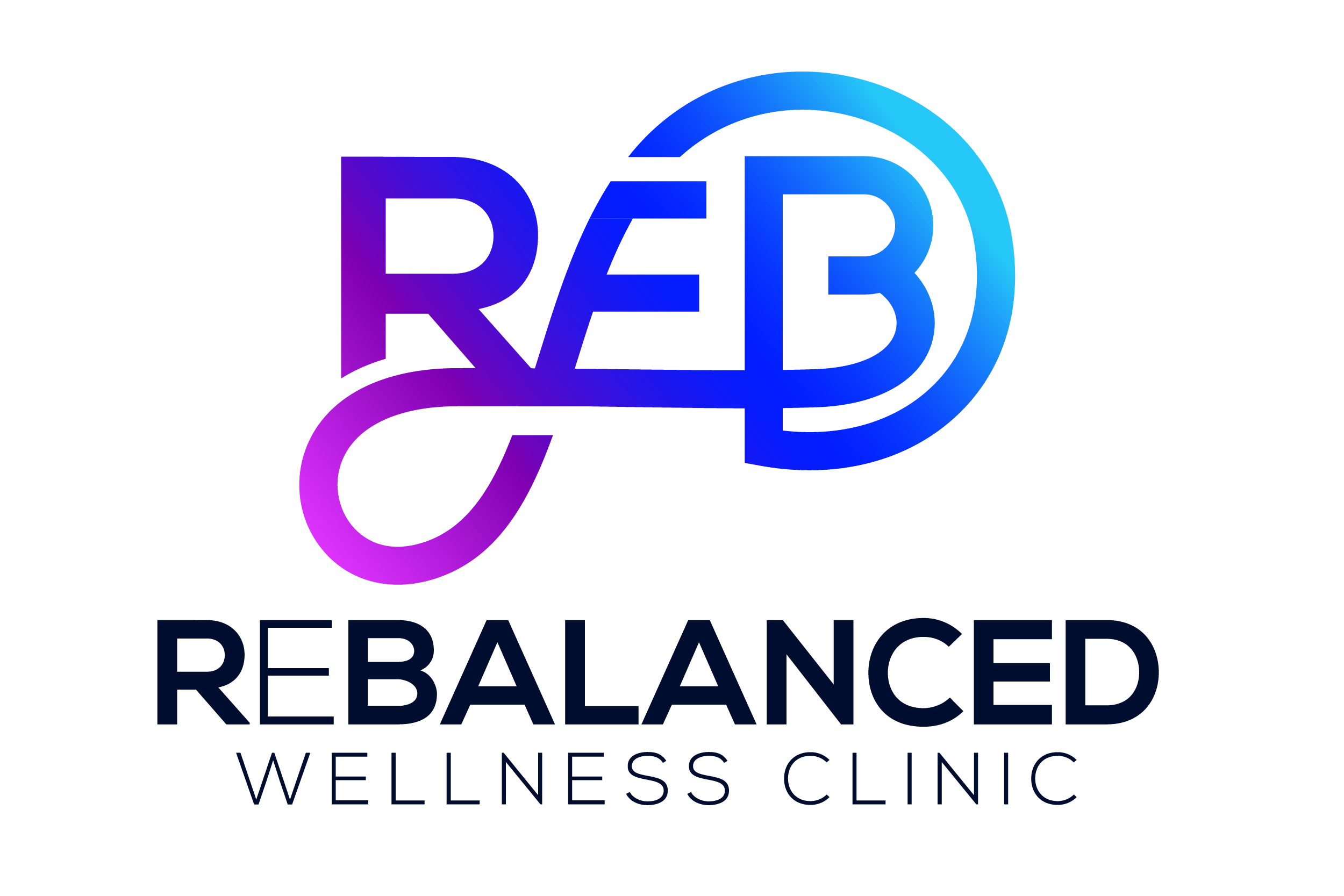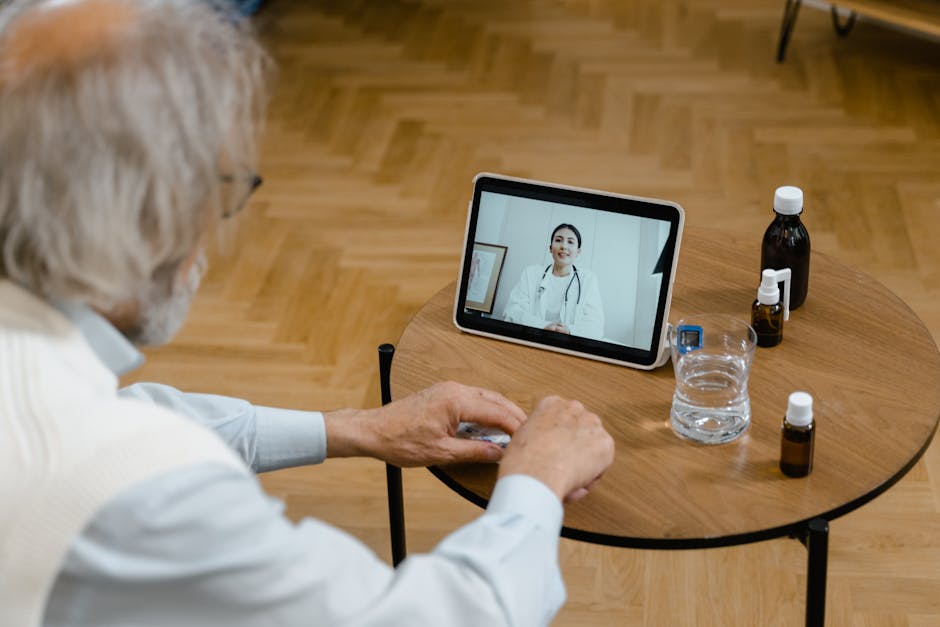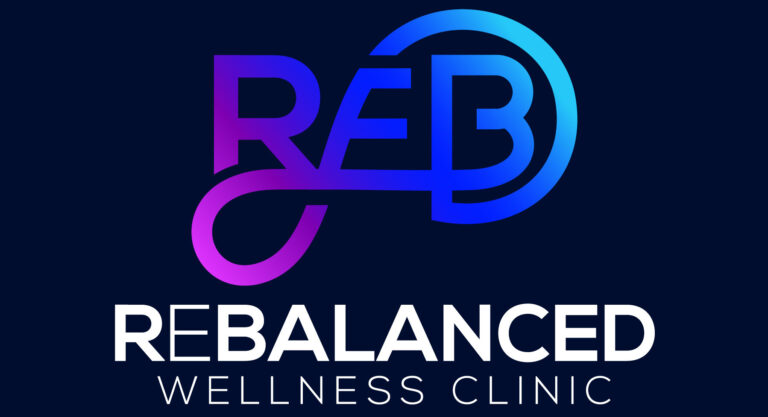Introduction to Virtual Health: The New Frontier in Wellness
Virtual health is like having a doctor in your pocket. It’s all about using the internet to take care of your health. Instead of going to a doctor’s office, you can talk to doctors or therapists right from your home using your phone or computer. This isn’t just chatting or sending emails. Virtual health includes video calls with doctors, using apps to track your health, and even getting prescriptions sent straight to your pharmacy. It’s a big shift, making health care easier and more accessible for everyone. With virtual health, you can get help without having to travel or sit in a waiting room. It’s perfect for regular check-ups, mental health talks, or getting advice about a health worry. This way of getting medical care is growing fast, especially now, as more people see how convenient and effective it is. Whether you’re busy, live far from a doctor’s office, or just prefer to handle things from home, virtual health might be worth a look.
The Rise of Telehealth Consultations: What You Need to Know
Telehealth consultations, where you talk to a health professional through your computer or phone, have shot up in popularity. This is because they are super convenient, especially when getting to a doctor’s office is tough. You can be anywhere—home, work, or even on vacation—and still get medical advice. It’s important to know that these virtual visits can cover a lot of ground, from routine check-ups to discussing symptoms or managing chronic conditions. Insurance companies are getting on board too, with many now covering telehealth services similar to in-person visits. Keep in mind, though, that while telehealth is great for many things, there are times when you’ll need to see a doctor in person. But for a good chunk of your healthcare needs, telehealth consultations are a practical option worth considering.
Key Benefits of Embracing Virtual Health Services
Virtual health services, like telehealth consultations, bring the future of wellness right into your home. These services have key benefits worth noting. First, they’re convenient. No need to travel; you can talk to a doctor from your couch. This saves you time and hassle. Second, they offer broader access to care. If you live in a remote area or have mobility issues, virtual health breaks down barriers, making it easier to get the help you need. Third, they can be more cost-effective. Without the need for physical office space, providers often charge less for virtual visits. Lastly, virtual health services maintain high standards of privacy and confidentiality, ensuring your personal health information is secure. With these advantages, it’s clear why more people are turning to virtual health for their care needs.
How Virtual Health is Reshaping Patient Care and Accessibility
Virtual health is changing the game, making medical care more reachable and flexible than ever. It’s like bringing the doctor’s office into your home through your computer or phone. This means you can talk to a doctor, get advice, and even receive prescriptions without stepping outside. This shift is a big win for people who live far from hospitals, have busy schedules, or just find it hard to make in-person visits. With virtual health, healthcare isn’t just about treating sickness anymore; it’s about staying well, with regular check-ins and health monitoring made easy online. So, whether you need a quick consult or ongoing care, virtual health is making it simpler, faster, and often cheaper to look after your well-being.
Understanding the Different Types of Virtual Health Consultations
Virtual health consultations come in different shapes and sizes, each with its own set of benefits. Let’s keep things simple and look at the main types. First up, we have video consultations. This type is just like a face-to-face meeting but through a screen. You see your doctor, they see you, and you talk about what’s bothering you. It’s perfect for when you need a visual check-up but can’t make it to the clinic. Next, there’s phone consultations. No video here, just a regular phone call with your doctor. It’s good for quick questions or follow-ups when you don’t need to be seen. Then, we have messaging-based consultations. These happen through texts or a secure messaging platform. It’s the go-to option for non-urgent advice when you have time to wait for a response. Lastly, some services offer remote monitoring. This involves using devices at home to collect health data like blood pressure or heart rate, which is then sent to your healthcare provider. Each type serves a different need, ensuring that no matter where you are or what you need, there’s a virtual health option available.
Preparing for Your First Telehealth Appointment: A Step-by-Step Guide
Getting ready for your first telehealth appointment might feel tricky, but it’s actually quite straightforward. First, ensure your technology is up to snuff. This means checking your internet connection, camera, and microphone on your device, whether it’s a computer, tablet, or smartphone. Next, find a quiet, private space where you won’t be disturbed. This is key for a successful appointment. Now, jot down any symptoms, questions, or concerns you have. Being prepared helps you make the most of your time with the doctor. Lastly, be sure to have any relevant medical records or test results at hand. This could include reports, prescriptions, or a list of medications you’re currently taking. With these steps, you’ll be set for a productive telehealth session.
Maximizing the Advantages of Virtual Health for Chronic Disease Management
Virtual health can revolutionize how we manage chronic diseases. It’s all about using technology to monitor and consult on health conditions from anywhere. This means you can get advice, prescriptions, and even some treatments without having to visit a doctor’s office. To really benefit from virtual health, keep these points in mind:
First, be ready for your appointments. Keep a list of symptoms, questions, and updates on your conditions. This helps you and your doctor make the most of your time.
Second, use tech to your advantage. Many apps and devices can track your health data. Share this info with your doc to give them a clearer picture of your health over time.
Finally, always keep communication lines open. Virtual health relies on you being proactive. If there’s a change in your condition, don’t wait for the next appointment. Reach out.
With these steps, you can make virtual health a powerful tool in managing chronic diseases, making your healthcare journey both easier and more effective.
The Role of Technology in Enhancing Virtual Health Experiences
In today’s world, technology plays a crucial role in boosting virtual health experiences. It’s all about making healthcare more accessible. With the rise of smart gadgets and high-speed internet, you can now have doctor consultations right from your couch. Let’s break it down. First, there are these apps on your phone or computer that let you see a doctor face-to-face via video call. No need to travel or sit in waiting rooms. Then, there’s this thing called wearable technology—like fitness trackers—that constantly monitors your health stats and can send this data directly to your doctor. This means your healthcare provider gets real-time insights into your health, making it easier to spot problems early on.
But wait, there’s more. Artificial Intelligence, or AI for short, is a game-changer. It can help doctors diagnose conditions more accurately and even predict health issues before they become serious, based on heaps of data. Plus, AI can handle repetitive tasks, leaving doctors free to focus more on you, the patient.
So, in simple terms, technology is not just a tool but a bridge. A bridge that connects you with your healthcare provider in ways that were once thought impossible. This isn’t the future; it’s happening right now, making healthcare personalized, efficient, and, most importantly, within your reach.
Navigating Privacy and Security Concerns in Telehealth
When you’re getting medical advice through your device, it makes sense to worry about who else might be listening or seeing your information. Privacy and security in telehealth are key. First off, doctors and health platforms must follow strict rules to protect your health details. These rules are part of a law called HIPAA in the United States, which keeps your health information safe. But, it’s not just about laws. When you use telehealth services, make sure the platform is secure. Look for services that offer end-to-end encryption. This means that only you and your healthcare provider can see or listen to your conversation. Avoid using public Wi-Fi for your consultations, stick to your private network to make it harder for unwanted guests to crash your private health chat. Lastly, keep your device secure. Regularly update your software, use strong passwords, and consider two-factor authentication to add an extra layer of security. Taking these steps can help keep your health talks private and secure, giving you one less thing to worry about.
The Future of Wellness: Predictions and Trends in Virtual Health Services
The future of wellness is digital. Virtual health services are expanding, making healthcare more accessible than ever before. Expect telehealth consultations, where you talk to a doctor through video calls, to grow significantly. This growth isn’t just about convenience; it’s about opening more doors for people in remote areas or with mobility issues. Predictions suggest that mental health services will dominate telehealth platforms, given the rise in awareness and the lesser stigma around seeking help. Wearable tech that tracks fitness, sleep, and vitals will integrate more closely with virtual health platforms, providing doctors with real-time data to make informed decisions. Additionally, there’s a trend towards personalized medicine through telehealth, using genetic information to tailor treatments. Technology will also enable more preventive care, detecting health issues before they become serious. The aim is simple: make healthcare proactive, not reactive. Expect to see these trends shape a future where your wellness journey is more connected, personalized, and accessible.


